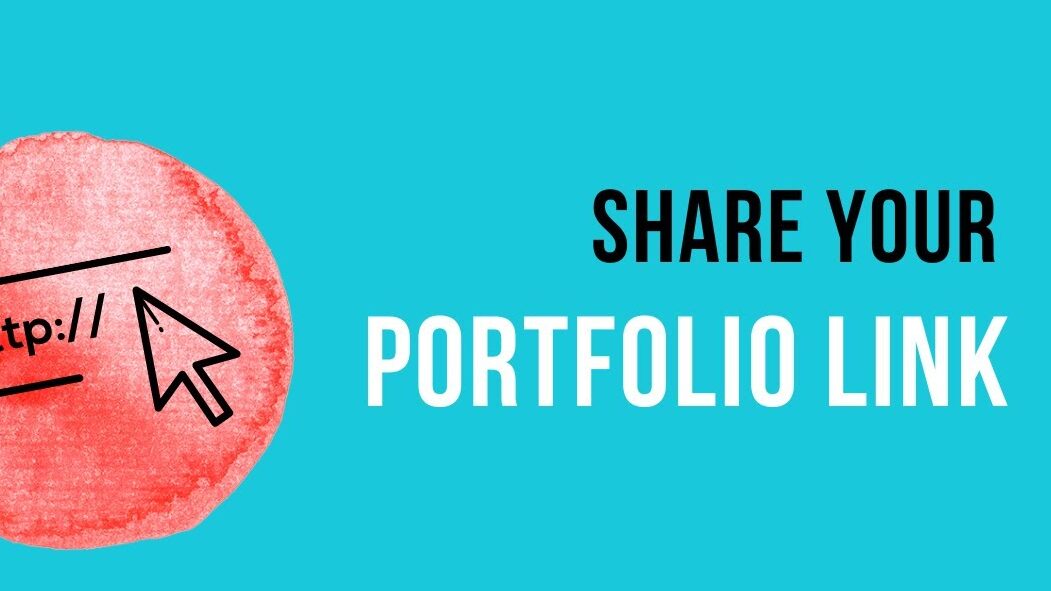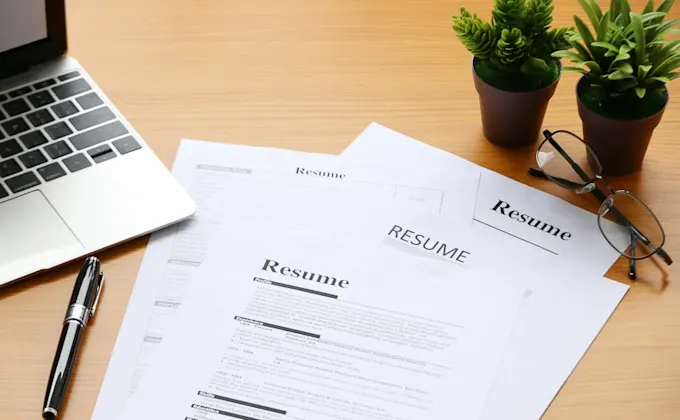19 Pro Resume Tips for Landing a Remote Job
Okay, let’s be real—resumes are like the avocado toast of job searching: absolutely necessary, even if they make you want to roll your eyes every now and then. They’re your initial opportunity to make a good impression when you’re applying for a position, and they can either get you an interview or mark your application directly for digital trash. That’s a lot of pressure for one page to condense your experience and skills! Worry not, though—these resume tips will assist you in making one that’s ready to impress.
Whether you’re updating an old resume or creating a new one, these 19 tips will assist you in making one that will catch a hiring manager’s eye.
1. Keep It Sharp and Skimmable

Hiring managers sift through stacks of resumes, so yours must be standout and quickly skimmable. Opt for a neat, appealing design that’s not a sea of itty-bitty print. Utilize headings and bullet points to spot the essential points and make it easy for them to quickly get a sense of who you are.
Google Docs offers some good resume templates to customize, or you can catch a cool one on Etsy and plug in your details. And keep it to one page unless you have a lot of accomplishments or credentials—keep it to the basics to make it brief.
2. Scope Out Resumes in Your Industry
Before you begin, look at other people’s sample resumes within your field. It’s a wonderful way to get inspiration and determine how to word things for the position you’re applying for. Monster, Zety, Resume Genius, and Resume.com are all websites full of examples, and even take a look at LinkedIn profiles to see what language is used.
3. Omit the Address if It’s Challenging
In the olden days, everybody jammed their name, address, and phone number at the very top of the resume. But if you are a digital nomad who doesn’t have a fixed address—or you’re half-way around the world and afraid it will freak out an employer based in the States—you can omit it. Just put your email, phone, Skype, Zoom, or whatever makes you look accessible regardless of where you are.
4. Put Your Best Stuff Up Front
Consider your resume a storefront—display the good stuff in the window. Hiring managers may only spend seconds scanning a resume, so be sure your best skills and accomplishments are front and center to catch their eye.
5. Start with a Snapshot of Your Wins
Forget the old-school “objective” statement at the top. Instead, lead with a quick summary of your accomplishments. List a few key qualifications and skills—both technical and soft—that match the job you’re applying for. Keep it short and relevant.
6. Name-Drop the Job and Company in Your Summary
Want to show you’re tailoring your resume? Try mentioning the specific job title and company in your summary. For example: “As a creative, self-driven graphic designer skilled in Quark, InDesign, and Adobe, I’m pumped to bring my experience to the Lead Designer role at Sample Company.” If it flows naturally, this can show you’re focused on this job.
7. Ditch Your Graduation Date if Age Is a Concern
It’s a bummer, but hiring bias is real, even at the resume stage. Studies, like one from Harvard Business School, show that leaving out details tied to race or other factors can boost callback rates. If you’re worried your graduation year might hint at your age and hurt your chances (especially in fields like app development or UX design), just skip it.
8. Lead with Experience, Not Education (Unless You’re Fresh Out of School)
If you’ve been in the workforce for a while, put your work experience before your education—unless you’re a recent grad or aiming for an academic gig. Employers usually care more about what you’ve done on the job than your major in philosophy, literature, or astronomy (no matter how cool those are).
9. Showcase Your Wins, Not Just Your Duties
When you list your previous experience, don’t tell them what your responsibilities were—tell them what you accomplished. Put a few bullet points under each job to highlight your achievements and make them jump out.
10. Employ Strong Action Verbs, Avoid the Boring Buzzwords
Begin your bullet points with strong action verbs such as “designed,” “organized,” “empowered,” “initiated,” or “advocated for.” And where possible, measure your victories—such as “recruited 75 new clients last fall, surpassing the quarterly target of 50” rather than simply “met sales targets.”
But avoid cliché buzzwords such as “hard worker,” “team player,” or “synergy”—those will make a hiring manager’s eyes roll. Choose new, concrete words to keep things engaging.
11. Link to Your Portfolio or Website

Got a professional website or portfolio? Add a link to it in your resume, especially if you’re applying for a remote job as a programmer, writer, or creative. It’s a great way to show off projects, articles, or even testimonials from past clients or colleagues. If you’re sending a PDF, make the link clickable.
12. Don’t Be Shy About Name-Dropping
Nobody likes a bragger, but your resume isn’t the place to downplay your wins. If you’ve worked with a big name—like doing coding for Google—say it! Mentioning well-known companies or clients shows you’re playing at a high level.
13. Weave in Keywords from the Job Description
Today, most businesses have Applicant Tracking Systems (ATS) that sort through resumes before a human even lays eyes on them. These systems look for keywords and phrases included in the job posting, such as “experience with Adobe Photoshop” or “3 years’ experience in management.” Carefully read through the job description and pepper some of those words into your resume to make it through the ATS and into human eyes.
14. Skip Short-Term Gigs (Unless They’re All You’ve Got)
If you have a lot of experience, it’s generally okay to omit jobs that only lasted several months—unless you’re a recent graduate or those are all that you’ve got. Job-hopping is normal (and can even increase your pay), but hiring managers will worry if they consider you a flight risk. If freelance projects or short-term gigs are your primary experience, list them, and think about including a link to a portfolio so you can display your work.
15. Drop the “References Available Upon Request” Line
Older resume templates often ended with “references available upon request,” but that’s unnecessary now. It’s assumed you’ve got references ready if needed, so don’t waste space stating the obvious. Keep some references or LinkedIn testimonials in your back pocket, though, just in case.
16. Add a Personal Touch with a Hobbies Section

Want to let your personality show? Try including a “personal interests” section at the end with some hobbies. It can make you more relatable and may even uncover something in common with the hiring manager—such as skiing, triathlons, or decorating cakes. Just make sure to gauge the company’s tone first; some are more formal and may not be with your passion for brewing craft beer.
17. Proofread Like Your Life Depends on It
Nothing hurts quite as much as finding a typo after you’ve already submitted your resume—especially if you’d asserted that you were “detail-oriented.” Read it through several times to catch any errors in spelling or grammar. Even better, have a friend or family member read it over for a fresh eye.
18. Tailor Your Resume for Every Job
Got your resume looking perfect? Awesome, but don’t just blast it out to every job. Take a few minutes to tweak it for each role. Add keywords from the job description or mention the job title and company in your summary. These small changes show you’re serious about this gig.
19. Always Pair It with a Cover Letter

Your resume is a star, but it needs a trusty sidekick: a killer cover letter. While your resume lays out your accomplishments, your cover letter lets your voice shine and makes a case for why you’re the right fit. Just like your resume, customize it for every job to show you’ve done your homework.
Use These Tips to Snag Your Dream Remote Job
Writing a resume might not be your idea of a fun weekend, but putting in the effort can pay off big time. Once you’ve got a solid resume, you’ll likely only need small tweaks to tailor it for each job.
Beyond that, don’t sleep on networking—it’s still one of the best ways to get your foot in the door. Many companies love hiring through referrals, so reach out to your network, hit up conferences, connect on LinkedIn, and build relationships with other pros. With a sharp resume, a great cover letter, and some networking hustle, you’ll be well on your way to landing your next awesome remote gig.
